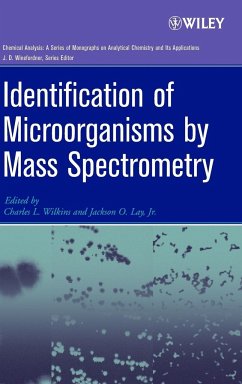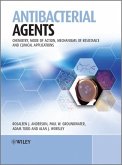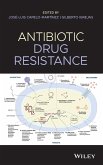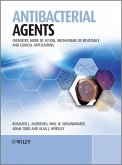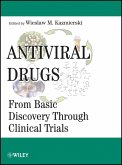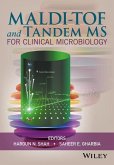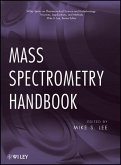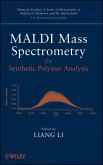Identification of Microorganisms by Mass Spectrometry teaches readers to analyze microorganisms by mass spectrometry. Its scope ranges from chemotaxonomy (classification of organisms based on biochemical differences) to characterization of targeted proteins in applications that include basic biochemistry, medicine, and bioterrorism detection and prevention. It covers developments from about 1996, when MALDI (matrix assisted laser desorption/ionization ) experiments on whole cells were first reported, to the present. With all of the rapid developments in both microbiology and mass spectrometry over the last few years, this book fills a gap in teaching microbiologists and analytical chemists alike how to use the fundamentals of each others' fields.
A multidisciplinary approach to understanding the fundamentals of mass spectrometry for bacterial analysis From chemotaxonomy to characterization of targeted proteins, Identification of Microorganisms by Mass Spectrometry provides an overview of both well-established and cutting-edge mass spectrometry techniques for identifying microorganisms. A vital tool for microbiologists, health professionals, and analytical chemists, the text is designed to help scientists select the most effective techniques for use in biomedical, biochemical, pharmaceutical, and bioterror defense applications. Since microbiological applications of mass spectrometry require a basic understanding of both microbiology and analytical chemistry, the editors have incorporated material from both disciplines so that readers from either field will come to understand the necessary principles of the other. Featuring contributions from some of the most recognized experts in both fields, this volume provides specific examples of fundamental methods as well as approaches developed in the last decade, including: * Metastable atom bombardment pyrolysis mass spectrometry * Matrix-assisted laser desorption/ionization mass spectrometry (MALDI) * MALDI time-of-flight mass spectrometry (MALDI-TOF MS) of intact bacteria * High-resolution Fourier transform mass spectrometry (FTMS) * Electrospray ionization (ESI) mass spectrometry Identification of Microorganisms by Mass Spectrometry represents the most comprehensive and up-to-date work on the topic currently available. It is liberally illustrated with figures and tables and covers every aspect of spectrometric identification of microorganisms, including experimental procedures, various means of sample preparation, data analysis, and interpretation of complex mass spectral data.
Hinweis: Dieser Artikel kann nur an eine deutsche Lieferadresse ausgeliefert werden.
A multidisciplinary approach to understanding the fundamentals of mass spectrometry for bacterial analysis From chemotaxonomy to characterization of targeted proteins, Identification of Microorganisms by Mass Spectrometry provides an overview of both well-established and cutting-edge mass spectrometry techniques for identifying microorganisms. A vital tool for microbiologists, health professionals, and analytical chemists, the text is designed to help scientists select the most effective techniques for use in biomedical, biochemical, pharmaceutical, and bioterror defense applications. Since microbiological applications of mass spectrometry require a basic understanding of both microbiology and analytical chemistry, the editors have incorporated material from both disciplines so that readers from either field will come to understand the necessary principles of the other. Featuring contributions from some of the most recognized experts in both fields, this volume provides specific examples of fundamental methods as well as approaches developed in the last decade, including: * Metastable atom bombardment pyrolysis mass spectrometry * Matrix-assisted laser desorption/ionization mass spectrometry (MALDI) * MALDI time-of-flight mass spectrometry (MALDI-TOF MS) of intact bacteria * High-resolution Fourier transform mass spectrometry (FTMS) * Electrospray ionization (ESI) mass spectrometry Identification of Microorganisms by Mass Spectrometry represents the most comprehensive and up-to-date work on the topic currently available. It is liberally illustrated with figures and tables and covers every aspect of spectrometric identification of microorganisms, including experimental procedures, various means of sample preparation, data analysis, and interpretation of complex mass spectral data.
Hinweis: Dieser Artikel kann nur an eine deutsche Lieferadresse ausgeliefert werden.

